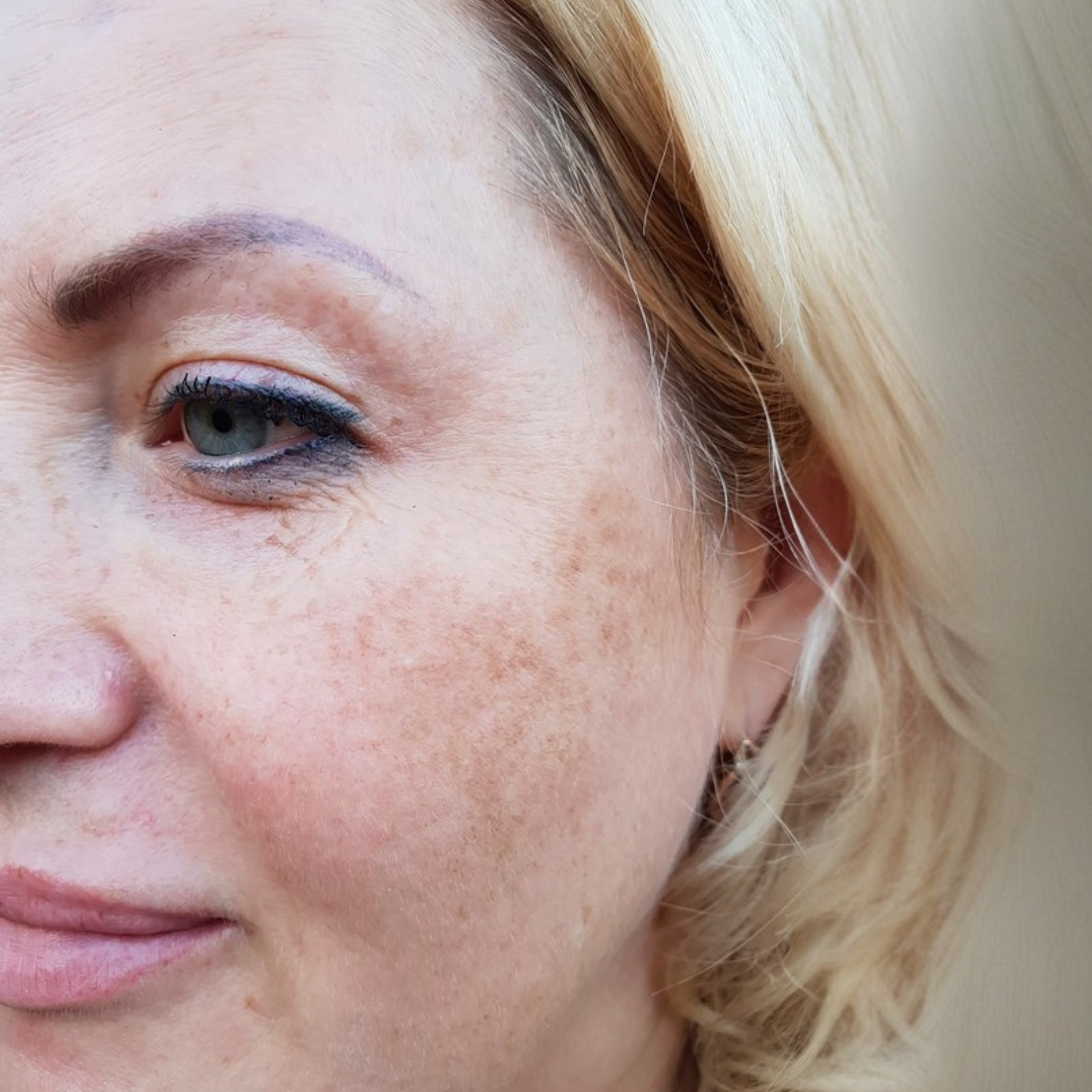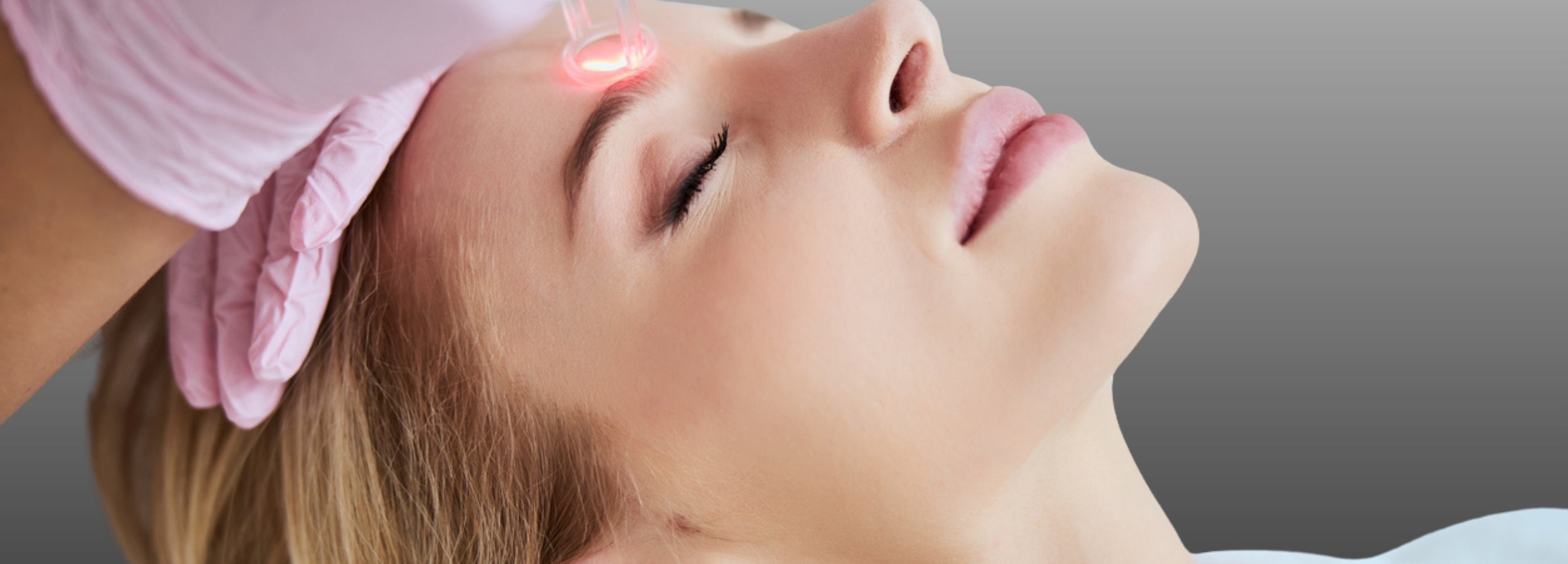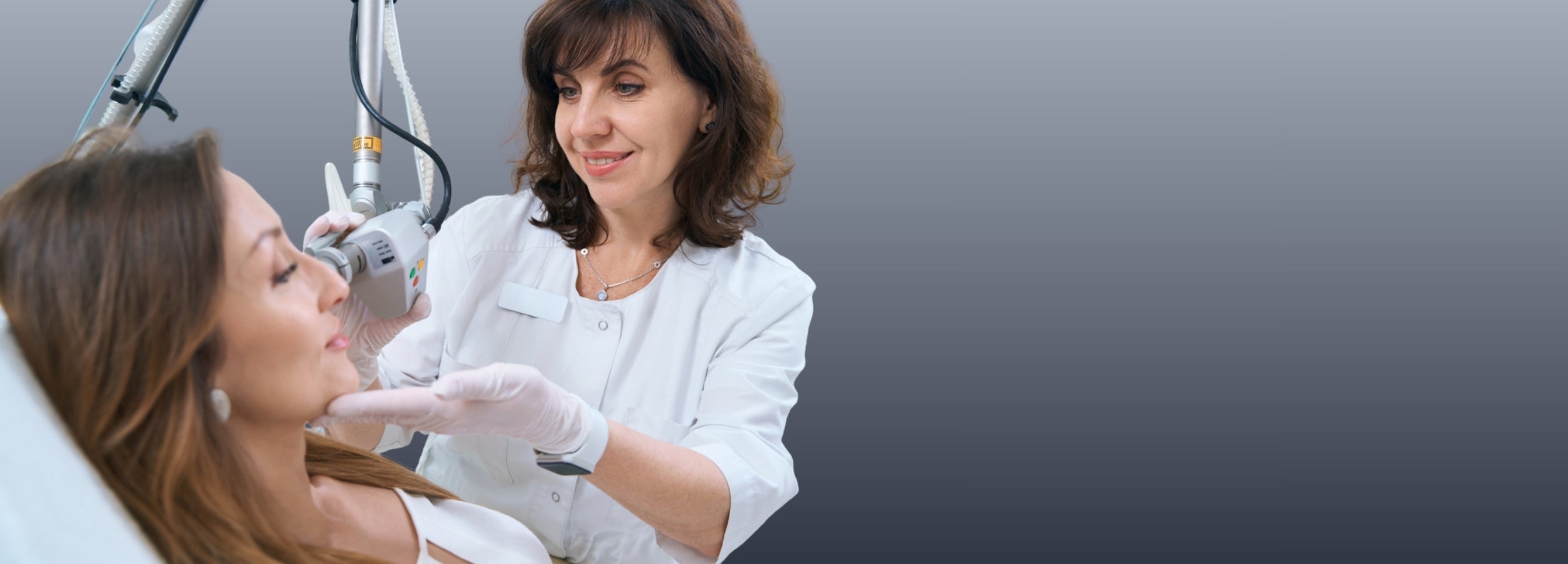The Ideal Botox Schedule for Beginners
Botox is a popular choice for those seeking a youthful appearance. It offers a non-surgical solution to reduce wrinkles and fine lines. But how often should you get botox injections?
Understanding the ideal botox schedule can be confusing for beginners. Different areas and needs require different frequencies. Whether you’re considering botox for cosmetic reasons or botox for migraines frequency, knowing the right schedule is key.
This guide will help you navigate the world of botox frequency injection. We'll explore how often you can get botox and what factors influence this decision, so your results are not just beautiful, but sustainable.
Understanding Botox: What It Is and How It Works
Botox is a well-known cosmetic treatment used to soften facial lines. It's derived from a purified protein that temporarily relaxes muscles, limiting movement and allowing skin to smooth out.
The procedure is straightforward: a trained professional administers small injections directly into targeted areas. The effects are not immediate — most patients begin noticing changes within 3–7 days, with full results appearing by about two weeks (AAD, Allergan).
Botox is not permanent, requiring maintenance to retain its benefits — and that’s where frequency becomes important.
How Often Can You Get Botox? General Guidelines for Beginners
For most facial areas, appointments every 3–4 months are common. This schedule maintains a youthful appearance and can help prevent new lines from forming. However, botox frequency injection recommendations vary depending on your goals, treatment area, and muscle activity.
- Start with injections every 3–4 months.
- Monitor results and adjust your schedule with your practitioner.
- Consider skin type, age, and lifestyle when deciding frequency.
Note: Too-frequent treatments can increase the risk of resistance in rare cases (Healthline), so intervals shorter than 90 days should only be done for specific medical protocols.
Botox Frequency by Treatment Area
Botox isn't one-size-fits-all — different areas require different maintenance schedules:
- Forehead and Crow’s Feet: Every 3–4 months (botox frequency for forehead is typically on the shorter end if muscle movement is strong).
- Masseter Botox (Jaw Slimming & Teeth Grinding): Every 4–6 months, depending on masseter botox frequency response.
- Botox for Migraines: Administered every 12 weeks as per FDA-approved protocols (botox for migraines frequency).
Forehead and Crow’s Feet
These are often the first areas to show fine lines, so consistent appointments every 3–4 months help maintain smoothness. Skipping too many sessions can allow dynamic wrinkles to deepen over time.
Masseter Botox (Jaw Slimming & Teeth Grinding)
Masseter botox frequency tends to be slightly longer — every 4–6 months — as these muscles take time to reduce in bulk and activity. Patients often notice aesthetic improvement alongside relief from teeth grinding (bruxism).
Botox for Migraines
For migraine prevention, injections are given every 12 weeks, targeting specific head, neck, and shoulder muscles. Following the correct botox for migraines frequency is crucial for sustained relief (American Migraine Foundation).
Factors That Influence Your Ideal Botox Frequency
Your schedule will depend on:
- Age and skin type: Mature skin may require slightly shorter intervals.
- Muscle activity: High activity = shorter duration of effect.
- Personal goals: Maintenance vs. corrective treatments.
Always consult your provider before altering your schedule. In some cases, adjustments can be made for life events, travel, or other treatments.
What to Expect at Your First Botox Appointment
Your practitioner will assess muscle strength, movement patterns, and skin quality before deciding on both dose and botox frequency injection. The process is quick, usually under 20 minutes, with minimal downtime.
Tips for Maintaining Results and Enhancing Wellness
- Wear daily SPF to prevent UV damage.
- Stay hydrated for optimal skin elasticity.
- Follow a consistent skincare routine.
- Avoid smoking, which accelerates aging.
Some patients ask, “Can I use high frequency after botox?” — High-frequency facial devices should be avoided for at least 48–72 hours post-treatment to allow the product to settle fully.
Frequently Asked Questions About Botox Frequency
- How often can you get botox? Most areas: every 3–4 months; medical indications follow specific protocols.
- What if I miss an appointment? You can resume at your next earliest convenience — the main downside is returning wrinkles as the product wears off.
- Is the frequency different for each area? Yes — see treatment area breakdown above.
Final Thoughts: Embracing Confidence and Self-Care
Finding your ideal botox schedule is a balance of science, aesthetics, and self-care. Whether you’re spacing appointments for forehead lines or adhering to strict botox for migraines frequency, consistency is key.
With a trusted provider and a plan tailored to your needs, botox can be a long-term ally in maintaining your confidence and supporting your wellness journey.











